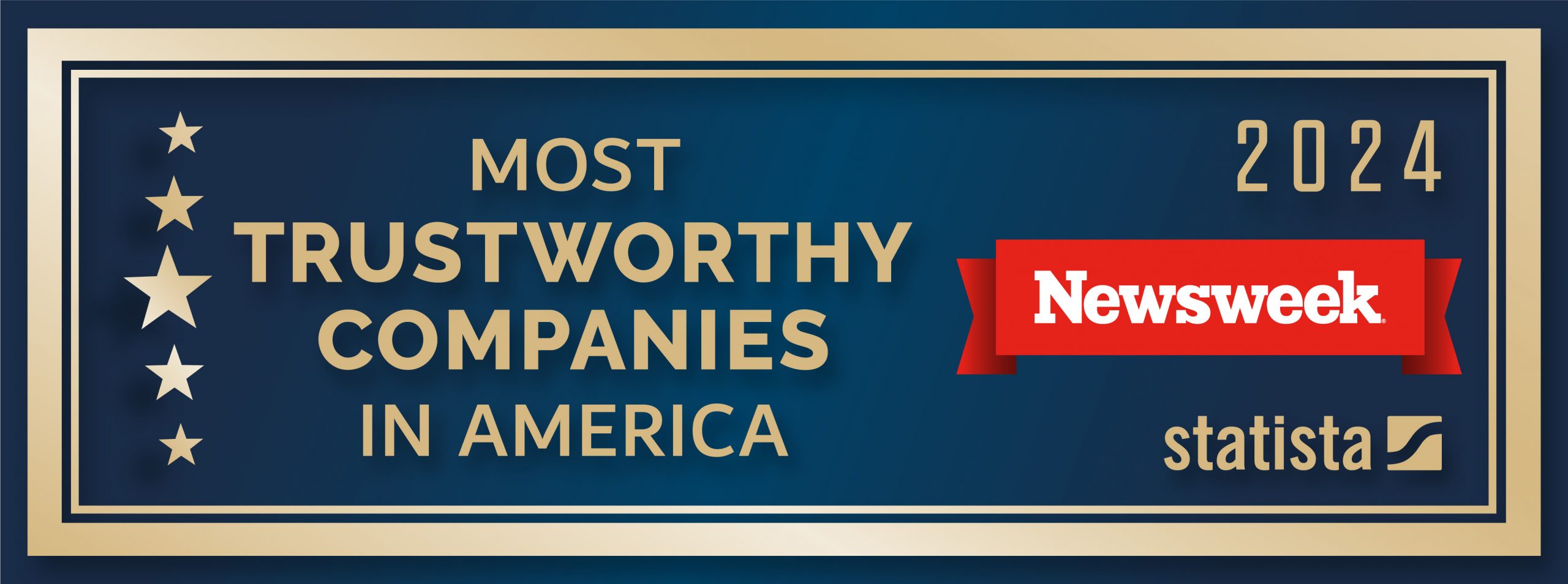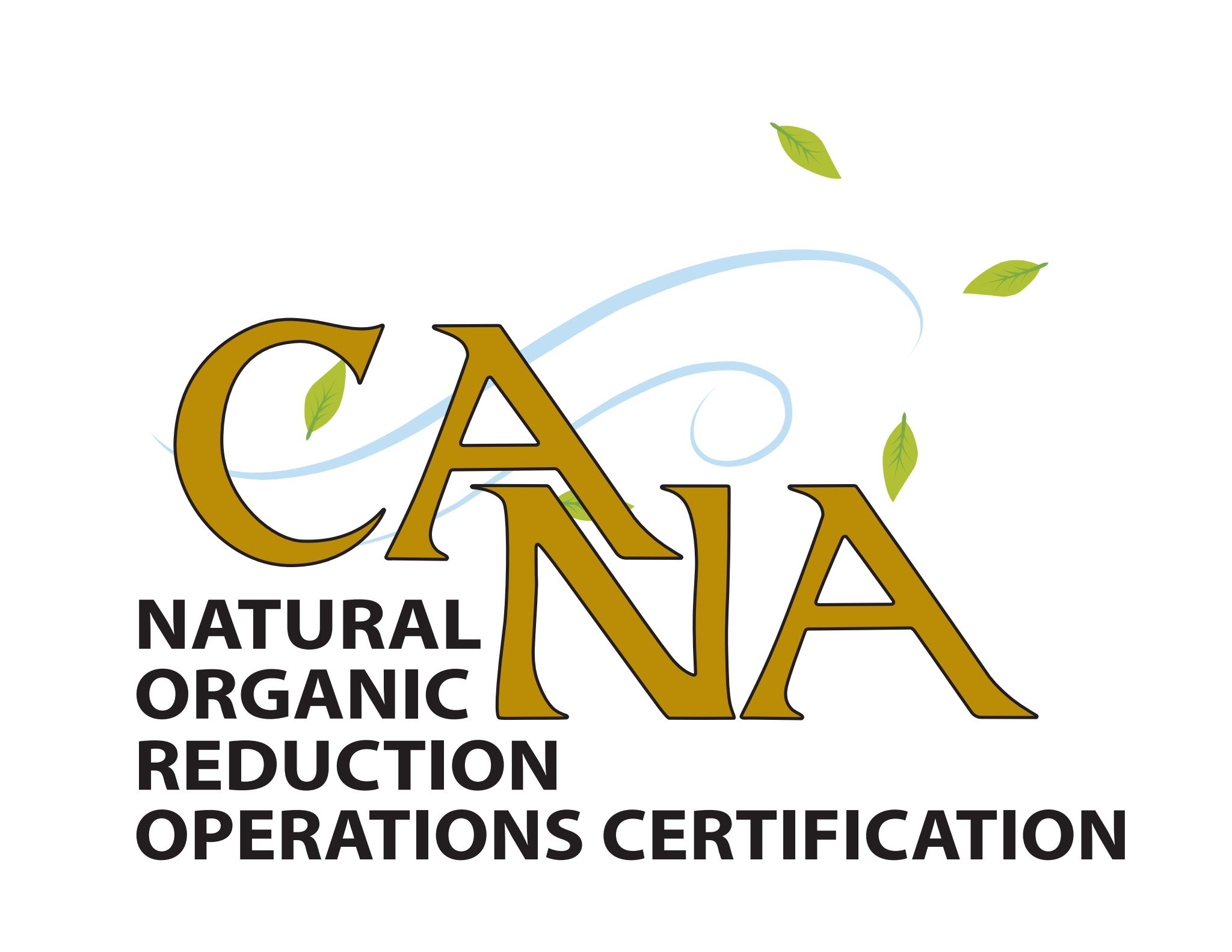Funerals, Baby Boomer-Style

A Harley-Davidson casket for a motorcycle-riding dad. A rocket-fueled distribution of ashes for a mom who always wanted to fly. And for far-flung friends and relatives, a funeral service via webcast. As they plan final tributes to their parents, and occasionally plan their own, baby boomers are changing — and fueling — the funeral industry.
The first baby boomers are just 65, and many of them have parents still in their 80s and 90s, but already the funeral industry says it’s noticed a shift. Funerals are getting more customized, less conventional, and more costly. In 2010, the average funeral, including casket but not a plot, cost $6,650, up 27% from a decade ago. And costs are expected to keep rising, as the bereaved add customized caskets, professional officiators and add-ons like webcasts. “Boomers have a unique set of preferences, and they’re asking for those at funerals too,” says Susan Fraser, who owns In the Light Urns, a company that makes personalized cremation urns that retail for up to about $1,500.
Many funeral homes are pushing these kinds of additional services, too, eager to make up for revenue lost during the recession and due to the increasing number of cremations, says Caitlin Moldvay, an industry analyst for research firm IBISWorld. In 2006, less than 34% of deaths resulted in cremations, which are usually cheaper than a traditional burial; this year, an estimated 43% will, according to data from IBISWorld. But so far, raising prices and offering additional services seems to have stemmed the tide. After five years of losses, the funeral industry is expected to see revenue rise almost 3% this year, and is projecting small but steady growth over the next five years as well.
What they’re selling, or facilitating, now ranges from the expected — growing interest in “green” burial products and cremation urns, for example — to the truly unique. Caskets personalized with engraving and images are increasingly popular, and in the last decade, more customers have requested custom caskets made from scratch, according to a spokesperson from the Casket & Funeral Supply Association of America (a custom-made giant pink ballet slipper casket — complete with a lace-up ribbon and little pink bow on the toe — will set you back more than $4,000). Cremation urns can now be ordered in all shapes and sizes — a mini-pool table-shaped urn will cost $300 or more.
For the funeral service itself, consumers have requested everything from a “Viking funeral” in which their dead bodies would be put out onto a ship, set on fire and then sent out to sea, to taxidermy, says Josh Slocum, executive director of the Funeral Consumer’s Alliance, a nonprofit group dedicated to helping consumers find affordable and meaningful funeral options. One heavily tattooed man thought it would be a shame if his skin wasn’t preserved forever and so he asked to have himself stuffed for posterity. Or for up to about $500, depending on the funeral home you choose, a service can be broadcast online to people who can’t attend. In 2010, FuneralOne.com, a producer of funeral webcasts, broadcast almost 12,500 services — two-and-a-half times as many as in 2009.
And increasingly, boomers are seeking the help of “celebrants,” who help plan — either on their own or in conjunction with a funeral home — more unconventional services. (Think wedding planner, but for funerals). Of the 4,000 requests for ceremonies received by members of the Celebrant Institute, which trains professional party planners for all types of ceremonies, more than one-third were for custom funerals, up from virtually none just 10 years ago.
Many of these trends are still nascent, experts say. The majority of Americans still plan for a formal service in a funeral home or church and a cemetery burial. And not everyone agrees that a custom casket or a sleek webcast — let alone personal taxidermy — makes a ceremony meaningful. “For some people, a simple potluck ceremony at home is ideal,” he says.
It’s also cheaper. While the average funeral costs under $7,000, many top $10,000, according to the Federal Trade Commission. Even cremation is getting pricey, ranging to higher than $3,000. Add a personalized urn and a specialized “scattering ceremony,” and it can end up more expensive than a traditional burial, says Slocum.
For a generation that would webcast a funeral service, there are also online resources to help them plan the whole funeral affordably. Sites like Funerals.org, FuneralDecisions.com and FuneralPriceFinder.com can compare prices across funeral homes in a given area. The FTC also has a “Funeral Rule”, which requires funeral directors to give you an itemized list of prices and dictates that you don’t have to buy one of the “package” deals offered by funeral homes. This means that if you want to buy a casket or flowers elsewhere, you can. Caskets, for example, can be marked up 300% or more, according to the Funeral Consumers Alliance. Buying online from a casket retailer is cheaper; Wal-Mart and Costco sell them too.
The biggest way to save money is to make a plan, says Michael Regina, president of FuneralDecisions.com. “Emotional decisions can end up costing you a lot of money.” While it’s no one’s idea of a fun Saturday afternoon, writing out a funeral plan now can protect your loved ones later — and makes sure your favorite Allman Brothers song is played at exactly the right time.



